In this article, with the help of photos, we will learn about wattle or acacia allergy ( Genus: Acacia).
These trees are insect-pollinated, as a result, their pollen does not become airborne easily. That said, we do catch low counts of acacia pollen on a dry windy day in the San Francisco Bay Area.
The species that grow in the Bay Area have bright showy, hard to miss, yellow flowers during spring.
| acacia or wattle (Genus: Acacia) | Pollen allergy profile |
|---|---|
| Pollen season | February, March, Apr |
| Pollination type | Insect-pollinated. The pollen only becomes airborne only in dry windy conditions. |
| Cross-reactivity to other pollen | Not known. |
| Pollen source | Bright yellow, showy, flowers for species present in the Bay Area. |
| Gender | Monoecious: Male and female flowers are present on the same tree. |
| Tree size and shape | Shrubs or medium-size trees. |
Acacia flowers
Wattle or acacia trees are easy to recognize during spring due to their bright yellow blooms. The round flowers arrange in ornamental inflorescences.
These bright yellow flowers are the source of pollen that causes acacia allergy.
The flowers give way to green legumes during summer, which turn brown during fall.
Acacia pollen
Acacia pollen is about 50 microns in size. It is a polyad with 16 grains in one pollen. The pollen is insect-transported, primarily by bees.
Acacia Fruit
The acacia trees are of the Legume family (Family: Fabaceae). So, there is no surprise that their fruits are, well, legumes.
.
A quick summary of Acacia allergies
Since acacia trees are primarily insect-pollinated, they are not an important allergen. However, clinicians often have this pollen on the test panel. Eucalyptus, another insect-pollinated plant, produces pollen at the same time as Acacia.
If you are among the few who have acacia allergies, you have to take only precautions when their bright colorful flowers are in bloom during winter and spring. And, the risk of exposure is high only on dry windy days.
Sources
References
- Allergy Plants by Mary Jelks, M.D.
- Plant identification terminology by James G. Harris and Melinda Woolf Harris (Second Edition)
- Sampling and identifying pollens and Molds by E. Grant Smith
- The trees of golden gate park and San Francisco by Elizabeth McClintock Ph.D.
All pictures, unless otherwise credited to another source, are taken by the author and are copyrighted material. The pollen picture is taken in our aerobiology lab using an Olympus compound microscope. The use of pictures is permitted with a link back to the source page on the internet, or, an attribution to allerma.com on the printed material.
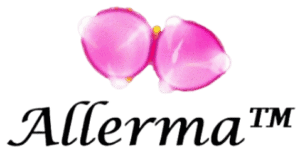
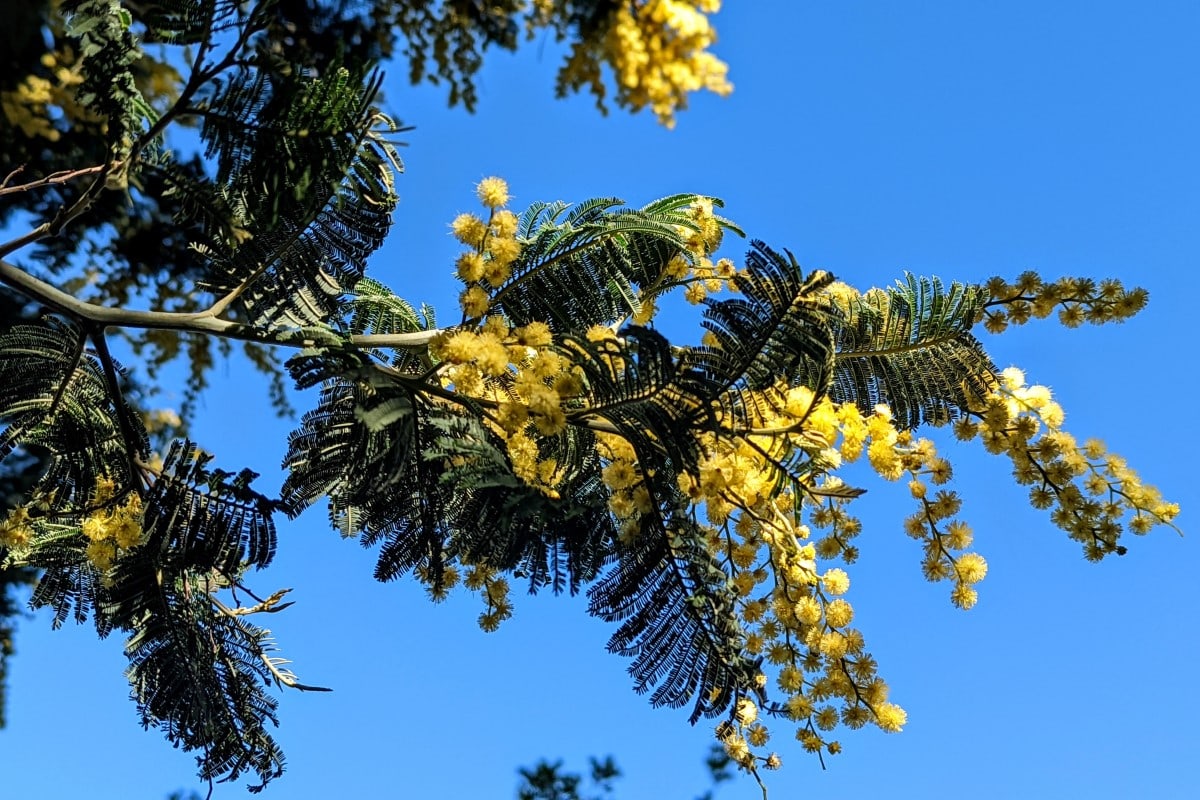

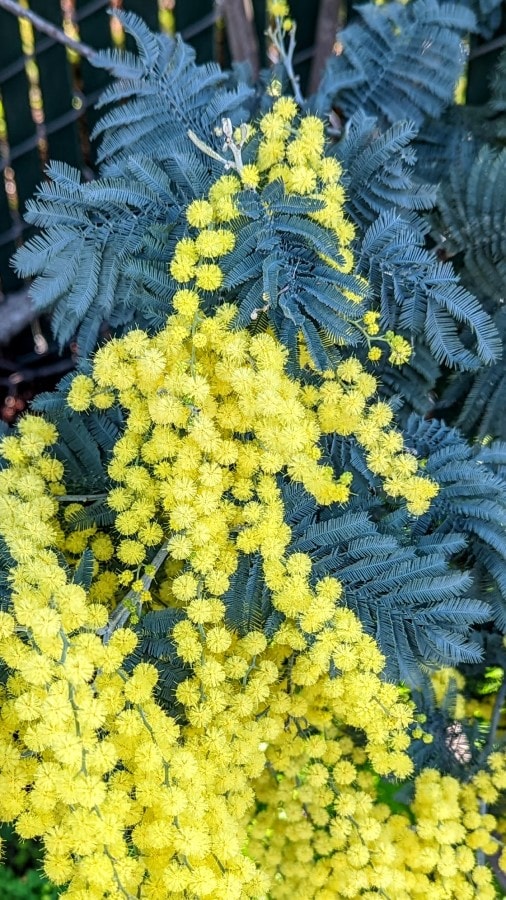
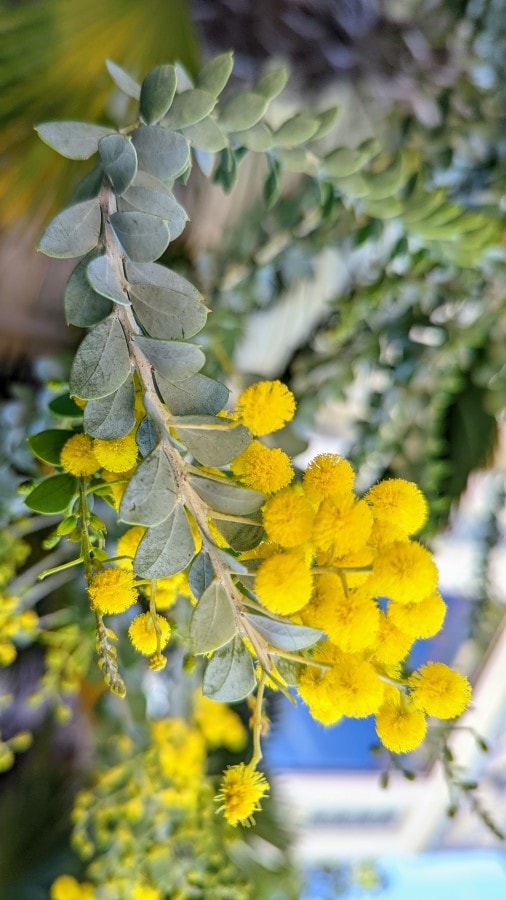
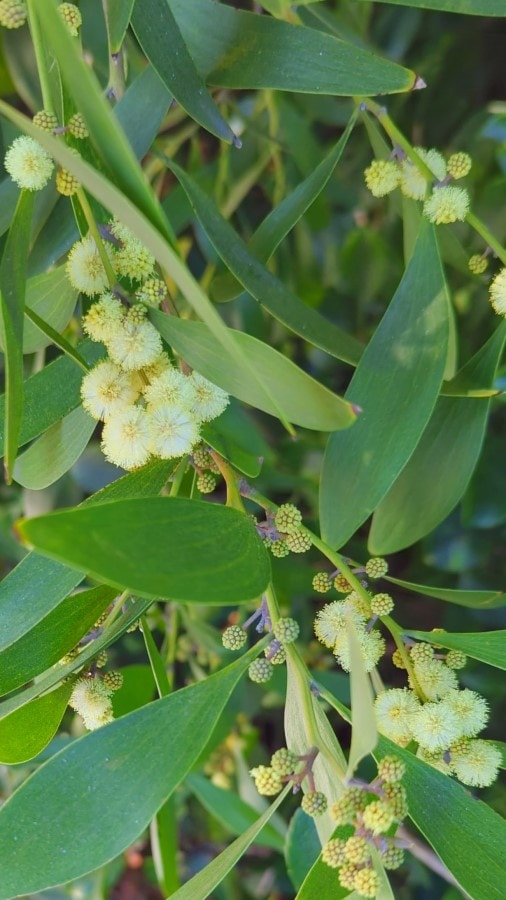


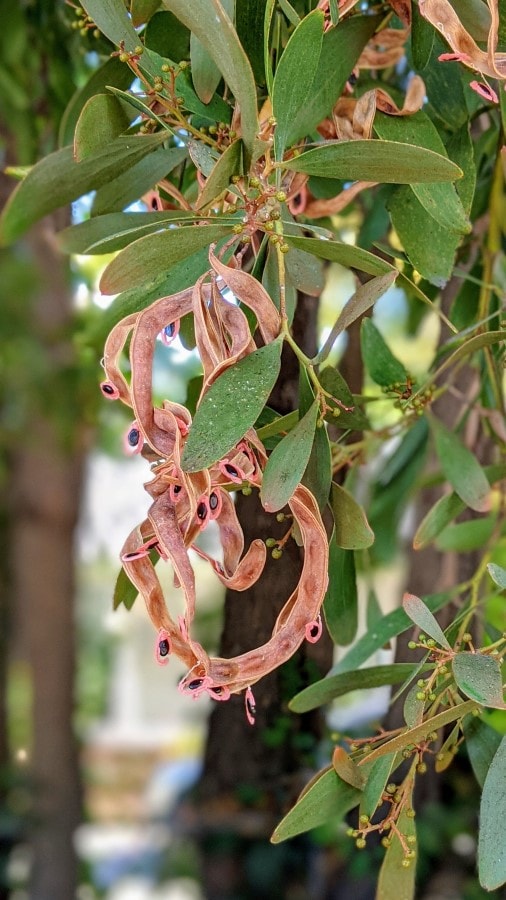
Hi Prashanth – It is rare to have allergies to Acacia. Do you experience symptoms only when the Acacia in front of your quarters is blooming with yellow flowers? The blooming period is only 2 months long so if you have allergies outside of those two months when Acacia is blooming, may be you have allergies to something else.
You should see an a doctor with specialization in allergies or immunology. They can test you for your allergies and provide treatment. It is easy to find relief from allergies with the help of a doctor.
Wishing you good health.
Sudhir.
Hi sir,
My name is prashanth and am living in mysore before that i was in bangalore,after settling down in mysore my allergy got started 4 years after in mysore which means no symptoms like running nose or hay fever,i just have dry chunk of sputum inside my throat and it also aggrevate my gerd (which i dont have before) make me cough which irritates me lot.there is earleaf acacia tree right in front of my quarters.i always thought it could be the reason.what can i do to cure my allergy.please help.